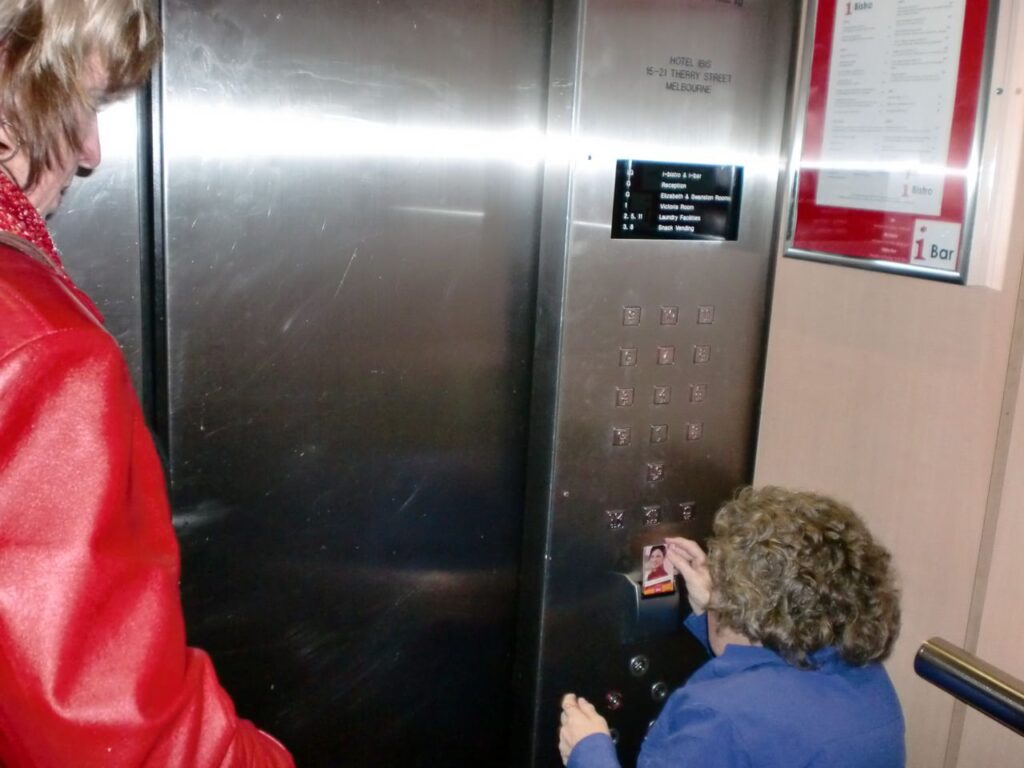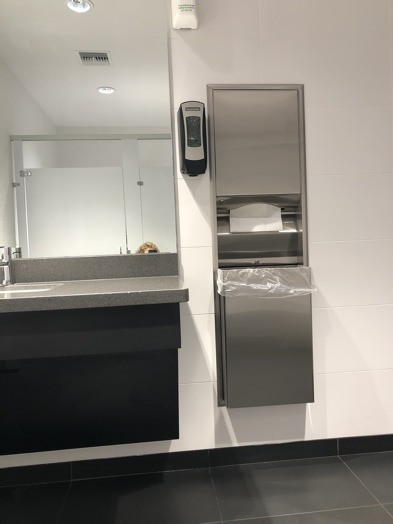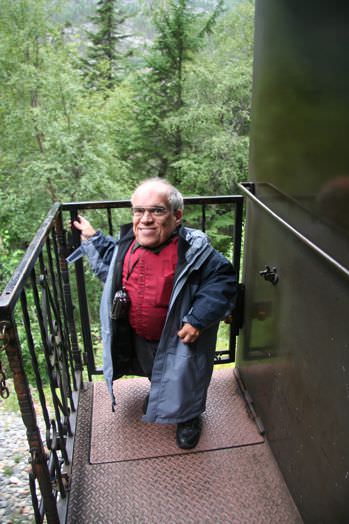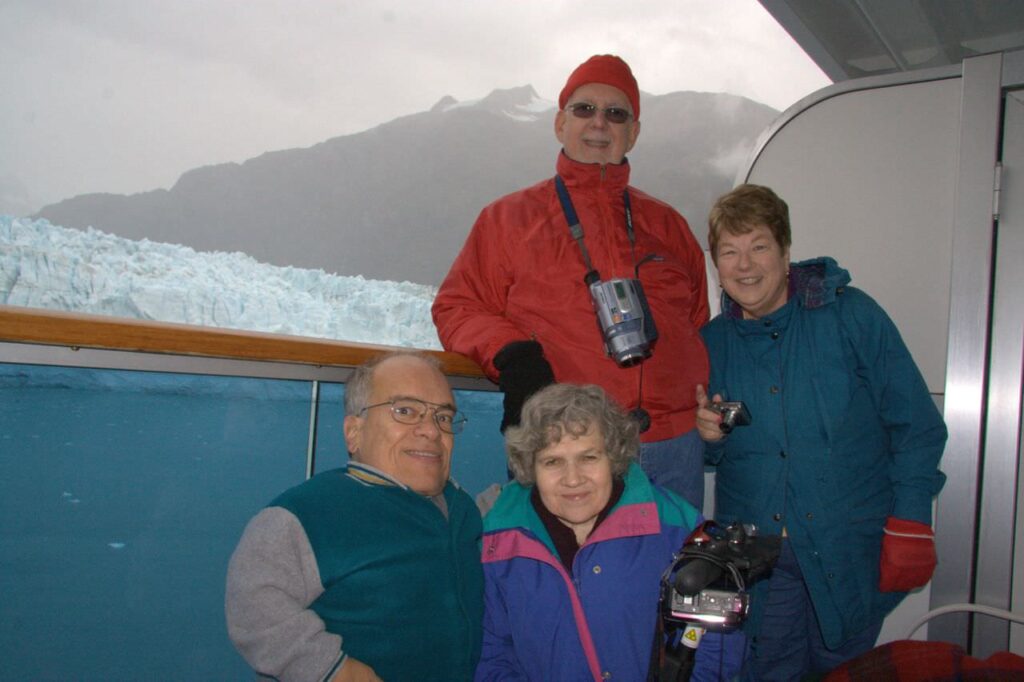
Fifty plus years ago I rarely used an elevator. I grew up in a single story house and there were no elevators at school. However, that all changed when I began university in 1971. The law library was on the fifth floor, lecture rooms were on the sixth, and the highest button I could reach was for the fourth floor. Even the open door button and emergency telephone were out of reach!
Ten years later, little people were still struggling to reach elevator buttons. Hotels hosting Little People of America (LPA) meetings would temporarily equip elevators with wands and stools. But this only worked if floor buttons didn’t require heat from a skin touch or the person was able to use a stool. And sadly, the accommodations were removed when the meeting was over.
Want to subscribe to receive blog updates sign up today!
Ten years later, little people were still struggling to reach elevator buttons. Hotels hosting Little People of America (LPA) meetings would temporarily equip elevators with wands and stools. But this only worked if floor buttons didn’t require heat from a skin touch or the person was able to use a stool. And sadly, the accommodations were removed when the meeting was over.
So what could LPA do about out-of-reach elevator buttons? In the 1990s, when out-of-reach ATMs propelled LPA to advocate for lowering ATMs in the ICC/ANSI A117.1 Committee on Accessible and Usable Buildings and Facilities (ANSI Access Committee), we discovered that the reach range code section applied to everything open to the public activated with a push, pull or turn. Removing the six-inch reach barrier for ATMs would also bring elevator buttons within reach of at least a half million people with dwarfism, limited upper arm strength and movement, and other disabilities.
After vigorous debate in February 1996, the ANSI Access Committee agreed to LPA’s proposal to lower the unobstructed side reach from 54 to 48 inches in the second draft revision of the ANSI Access Code. Although the elevator industry was generally willing to meet the 48 inch standard, they sought an exception for buildings with more than 16 elevator stops. Without this exception, the industry would be boxed in between a 48 inch high side reach and a 15 inch low side reach needed to accommodate people who are blind; this left insufficient room for floor buttons in high rise buildings. The industry needed time to re-engineer the control panel.
LPA agreed not to fight the exception sought by the National Elevator Industry Institute (NEII) in the 1998 ICC/ANSI code given their commitment to form a Task Group to understand the access needs of little people and explore ways of providing 100% elevator access in the future. At the same time, LPA put the industry on notice that we would propose removal of this exception in the 2003 revision cycle.
After meeting with LPA representatives three times, NEII came up with a technology solution designed to enable little people to reach ANY floor destination. With technology comparable to setting the time on an alarm clock,people use an up or down scan button to select a floor destination. The LPA/NEII proposal was accepted at the May 2002 ANSI Access Committee meeting and appears in § 407.4.8, ICC/ANSI A117.1-2003.
Yet despite this technology breakthrough being added to the ANSI Access Code, I have yet to see this feature on any elevator. Please comment if you have seen a floor destination scan button in service? This post was based in part on excerpts from two books in my dwarfism trilogy memoir: ALWAYS AN ADVOCATE: Champions of Change for People with Dwarfism and Disabilities and Dwarfs Don’t Live in Doll Houses. Book details and buy links are found at https://angelamuirvanetten.com/books/.






